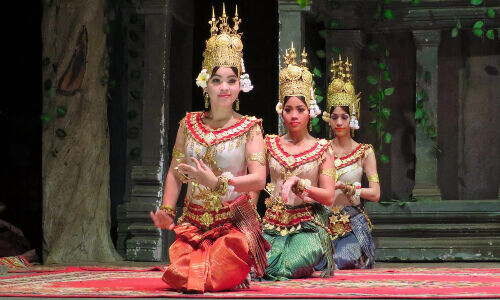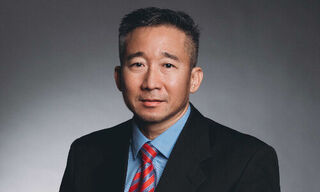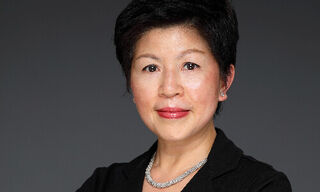LFDE Asia Division Head Recalls Cambodia's Early Days
French asset manager La Financière de l’Échiquier's Asia division team head spoke about economic development in his parents' origin in Cambodia and the investment opportunity in the broader region.
Written by Kévin Net, head of Asia division, LFDE – La Financière de l’Échiquier (LFDE)
During my first visit to Cambodia, my parents’ birthplace, in 1995, I discovered a country scarred with traces of its history, but also full of promise. On every new trip since then, I took note of the country’s economic evolution.
It opened its first shopping center in 2003, built its first skyscraper in 2010, launched its first Starbucks in 2015, installed its first IMAX cinema screen in 2018, and hosted its first regional sporting event with the SEA Games in 2023. Cambodia’s next major project is expected to be the construction of the Phnom Penh metro.
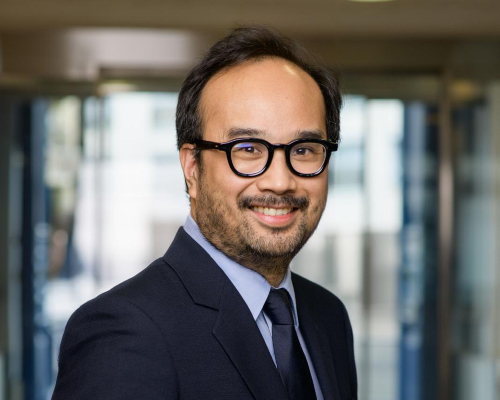
Kévin Net (Image: LFDE)
I also see a country that is progressively opening itself up to tourists. Everybody has heard of Angkor and its mythic temples, hidden deep within the jungle, and particularly Angkor Wat, the largest temple in the world, constructed in the 12th century at the behest of Khmer king Suryavarman II. The legacy of one of the most powerful civilizations in South East Asia, hundreds of temples have survived through the centuries around Angkor, the ancient capital of the Khmer empire.
Lesser-Known Cities Are Also Worth a Visit
Near Angkor, the city of Siem Reap has experienced impressive growth over the last 20 years. When I first visited, there were only three international hotels. Today, however, Siem Reap boasts 5-star resorts, trendy restaurants and shopping centers. Siem Reap is currently the most visited city in Cambodia, far ahead of the capital, Phnom Penh.
But other, less well-known cities also stand out. Take for example Kep, which was a popular seaside resort at the start of the 20th century; Takeo, the cradle of Khmer civilisation, which is brimming with cultural and natural treasures; Kampot, with its colonial architecture on the edge of the Gulf of Thailand; or Battambang, with its rice fields stretching out as far as the eye can see.
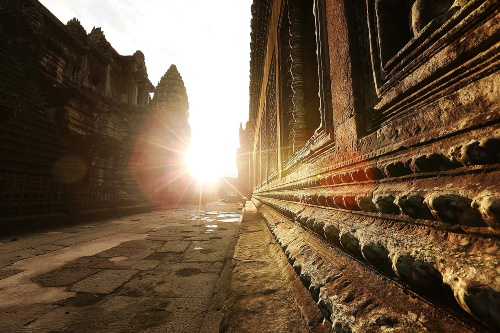
The mystical temples of Angkor Wat. (Image: Pixabay)
It was undoubtedly my observation of this burgeoning economic momentum that influenced me to turn my attention to Asian markets. Today, Asia is the most dynamic region in the world. It is experiencing spectacular growth, driven by booming economies, a huge consumer market, massive investment in infrastructure, a strong capacity for innovation and a real appeal to foreign investors. Asia’s share of global GDP was 30 percent in 2024, but that figure is set to rise to over 50 percent by 2030
Exciting Terrain For a Stock-Picking Approach
My team and I, working in Paris, are convinced by the growth of this region of the world, which is expected to reach 5 percent in 2025. So much so that we now manage an extensive range of strategies dedicated to Asian equities. Structured by geographical region, our Asia team now has almost 300 million euros ($347 million) in assets under management, with a growing range of funds. It’s a fascinating area of stock-picking that takes us on a journey through Asia, which holds so much promise for the future.

